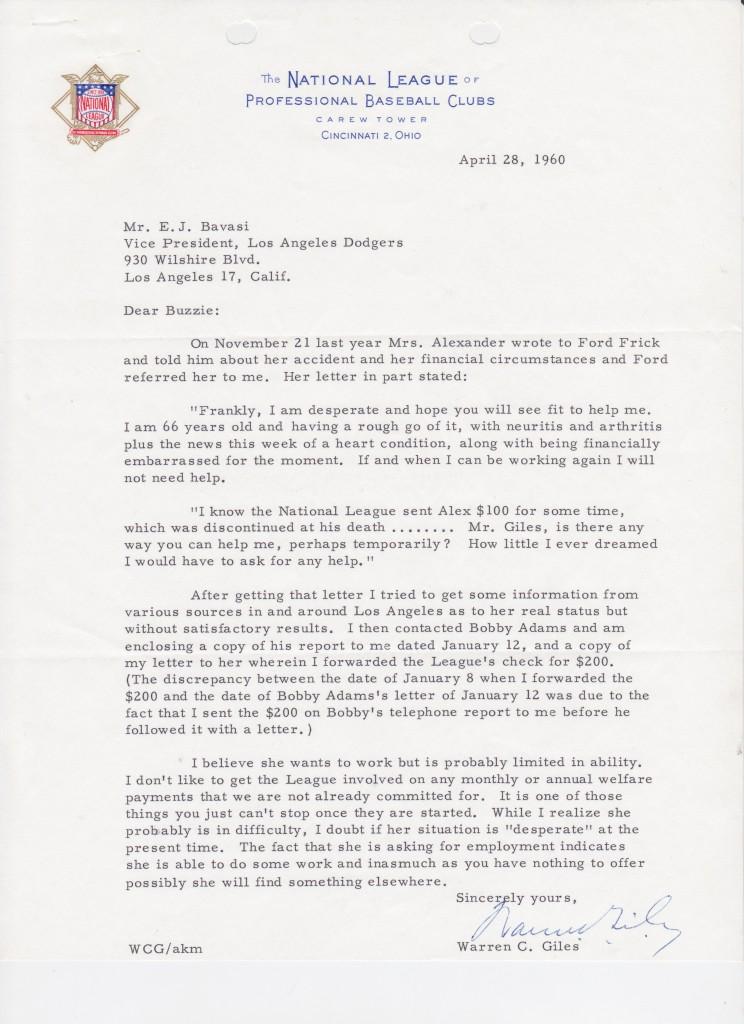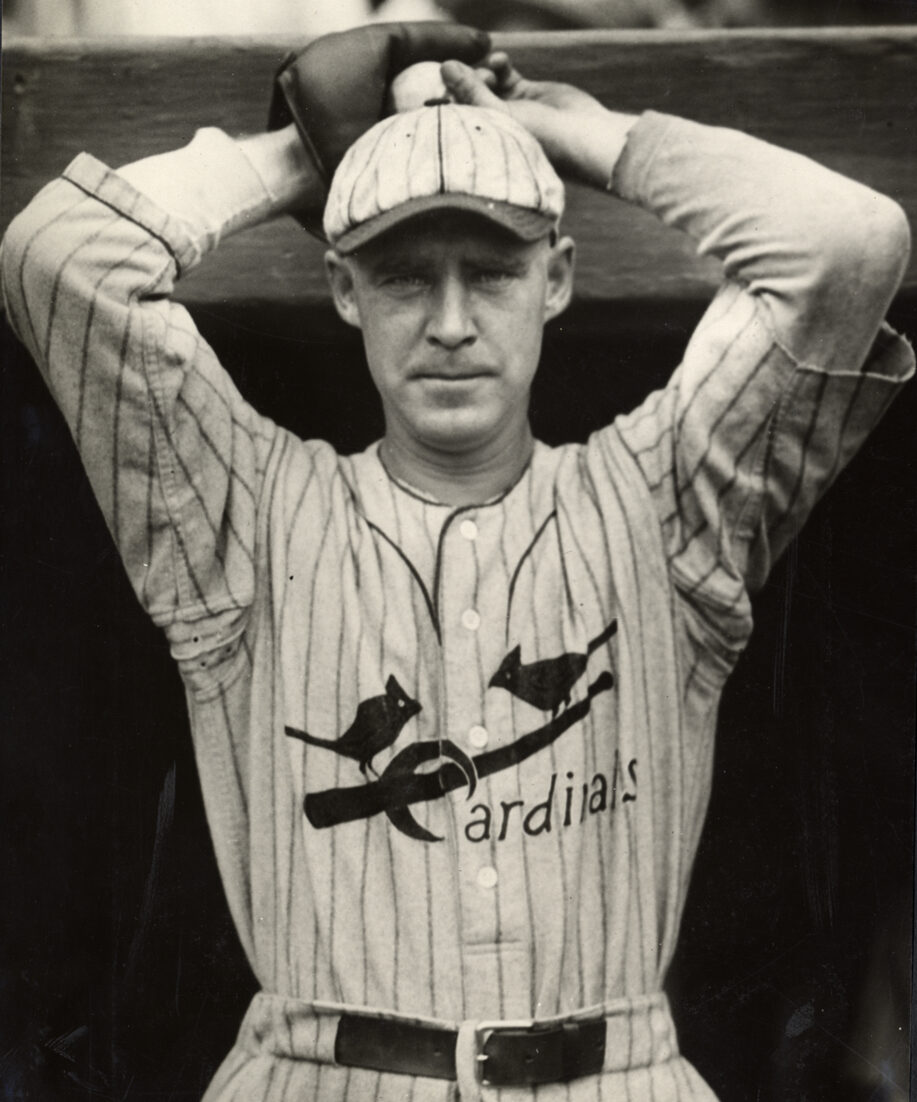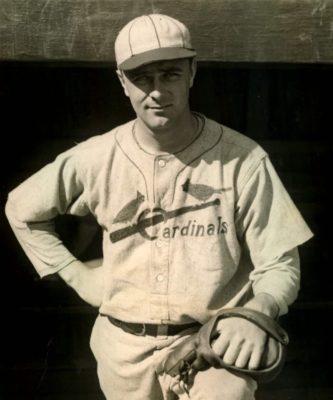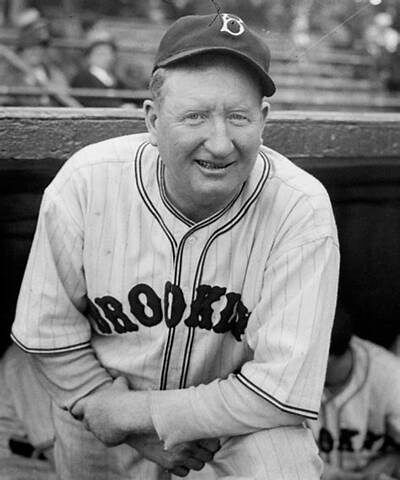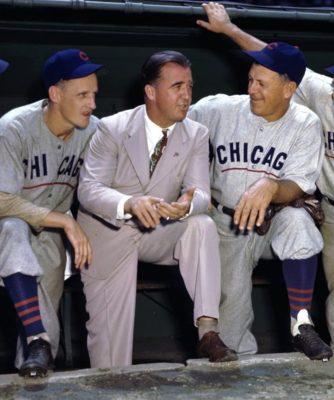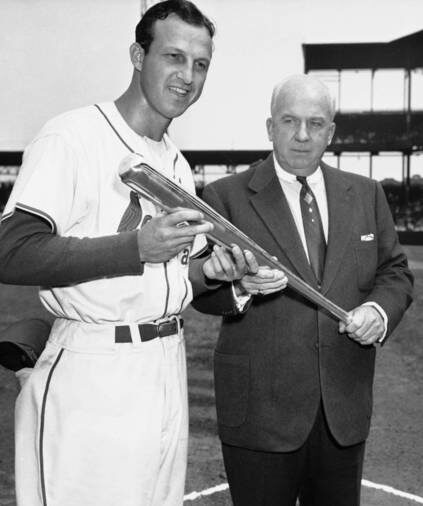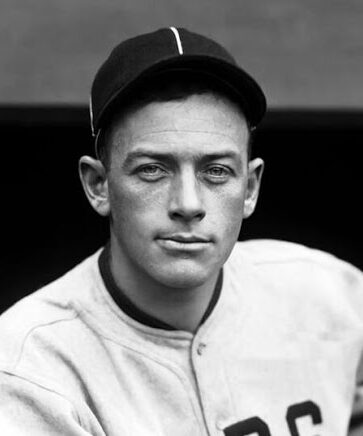Pete Alexander
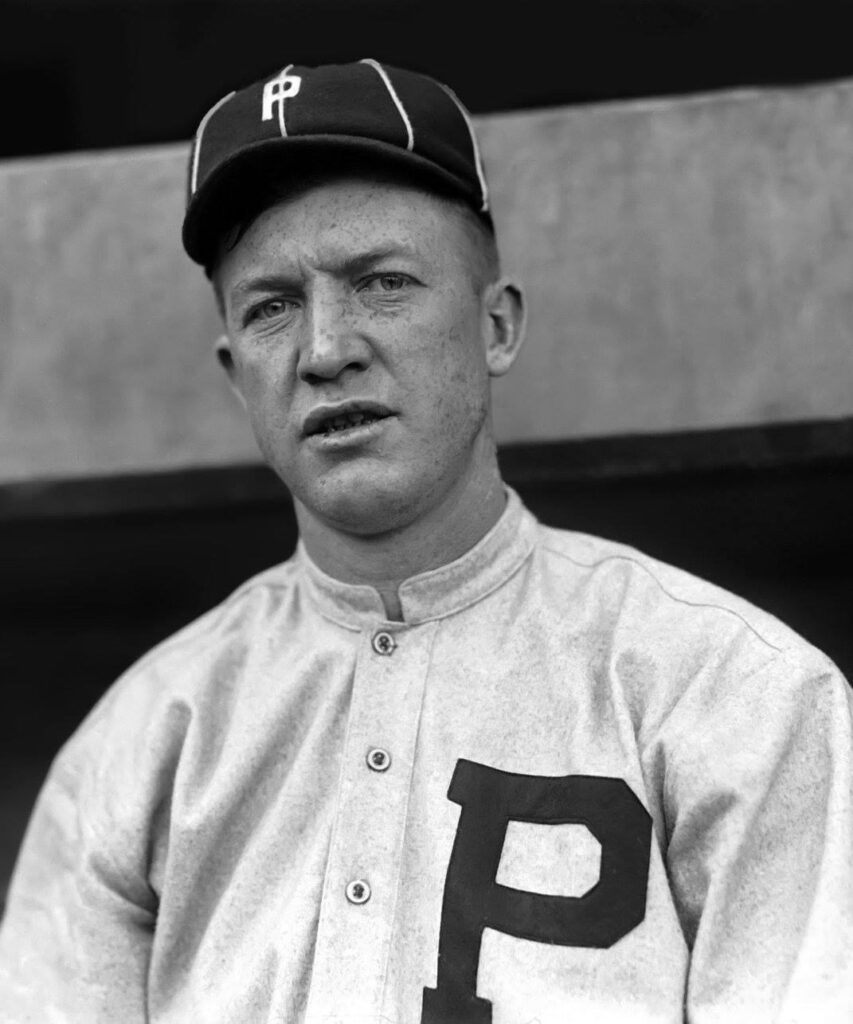
| Birthdate | 2/26/1887 |
| Death Date | 11/4/1950 |
| Debut Year | 1911 |
| Year of Induction | 1938 |
| Teams | Cardinals, Cubs, Phillies |
| Position | Pitcher |
Pete Alexander set a rookie record of 28 wins in 1911; his first 7 years he averaged 27 wins, including 3 seasons of 30+ wins.
Leave a commentIn the collection:
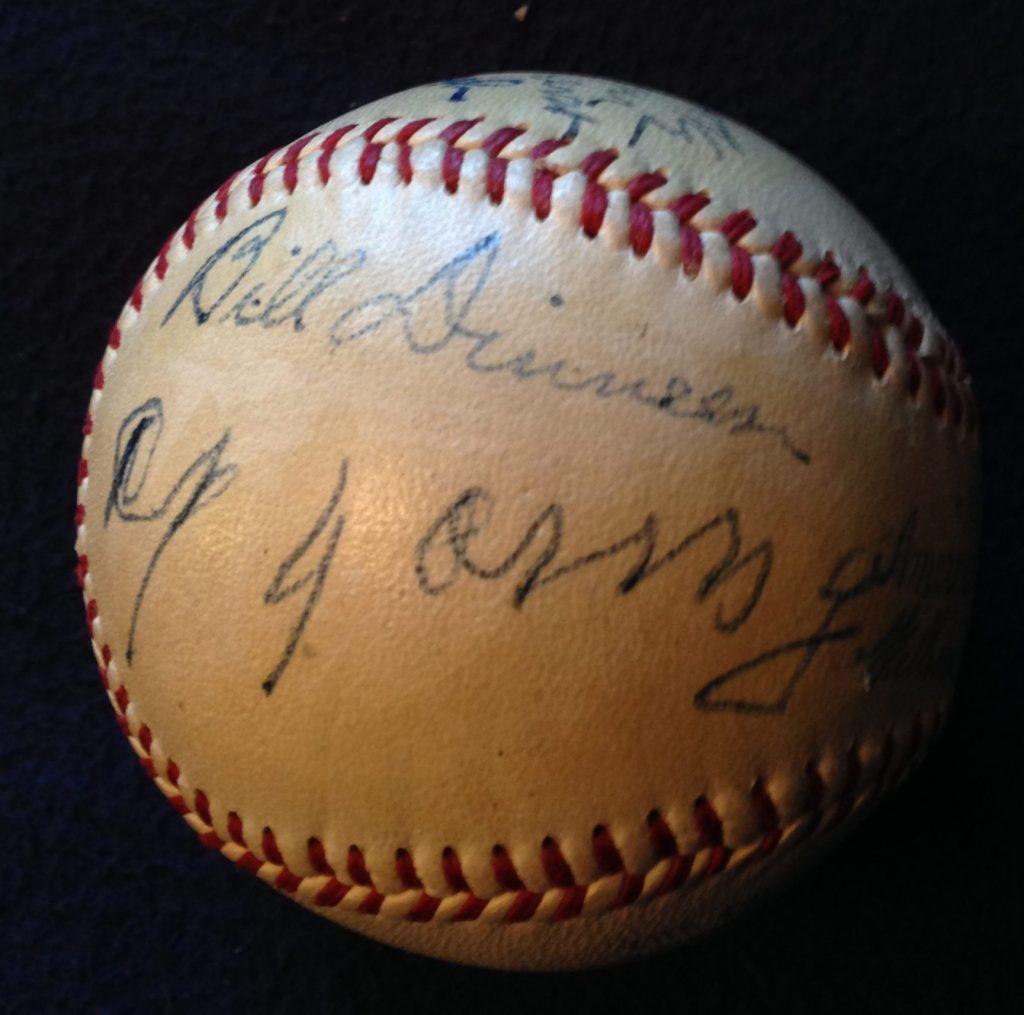
On his way to a rookie-record 28 wins, Alexander bested Cy Young on a one-hit shutout in 1911
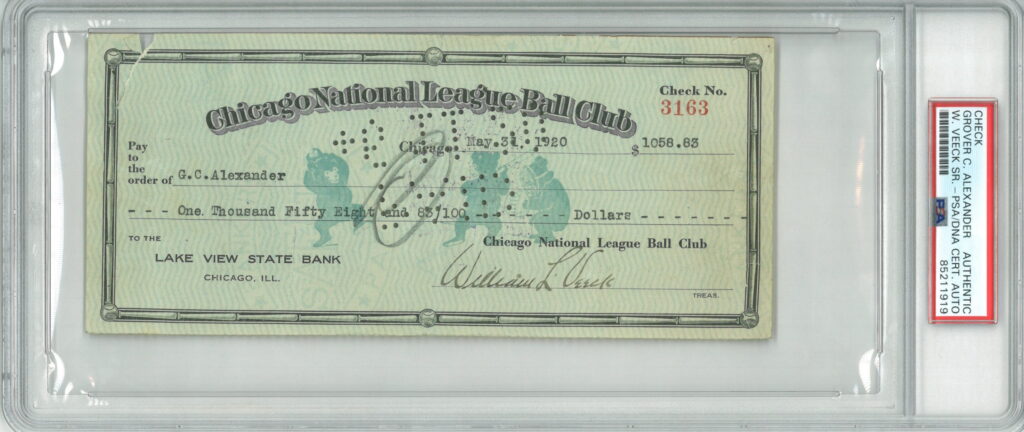
Pete Alexander's four pitching Triple Crowns are the most by any big league pitcher
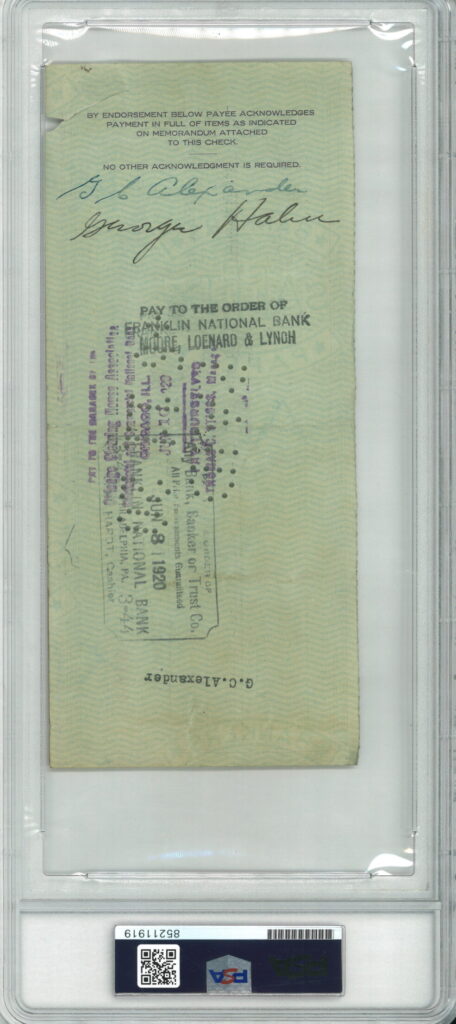
Alexander's final Triple Crown campaign came in 1920 when he posted a career-best 12.0 WAR
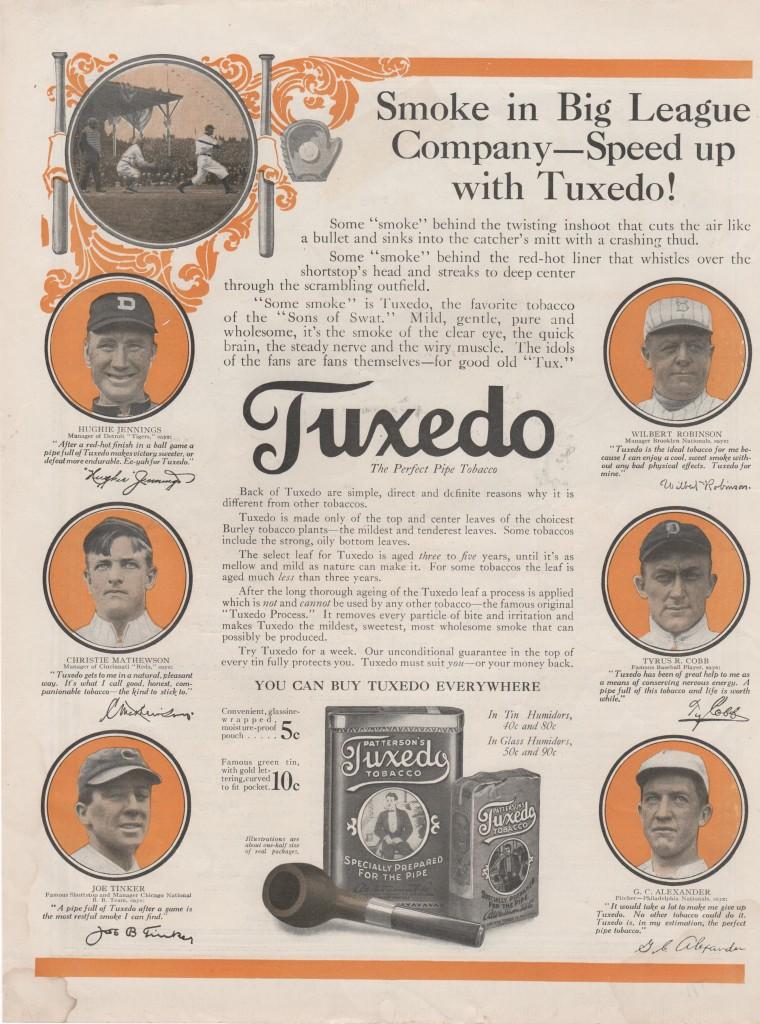
Alexander says Tuxedo is, "the perfect pipe tobacco" in this 1916 advertisement with the game's greats
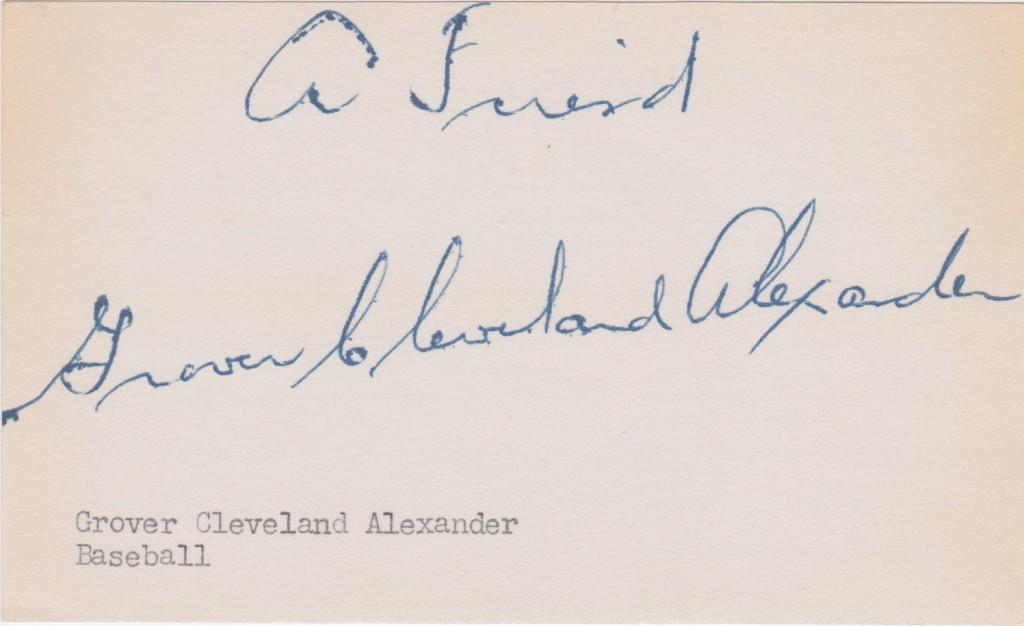
Grover Cleveland Alexander's 373 victories still rank third on the all time wins list
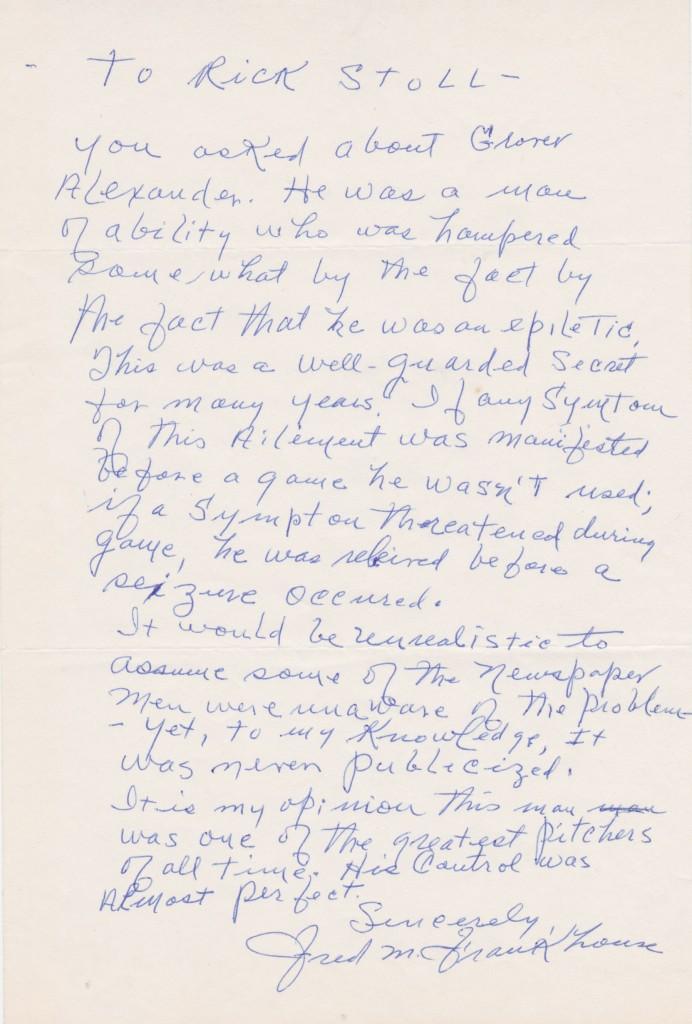
A teammate weighs in on Alex's epilepsy and calls him, "one of the greatest pitchers of all time"
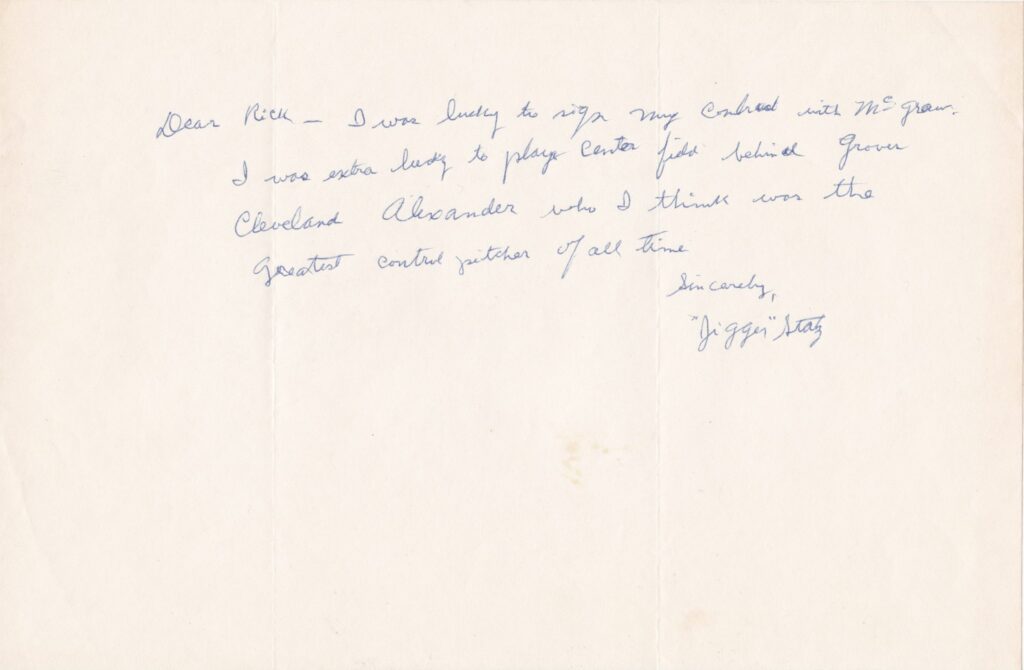
Jigger Statz served as advisor in his biopic "The Winning Team" when Reagan played him
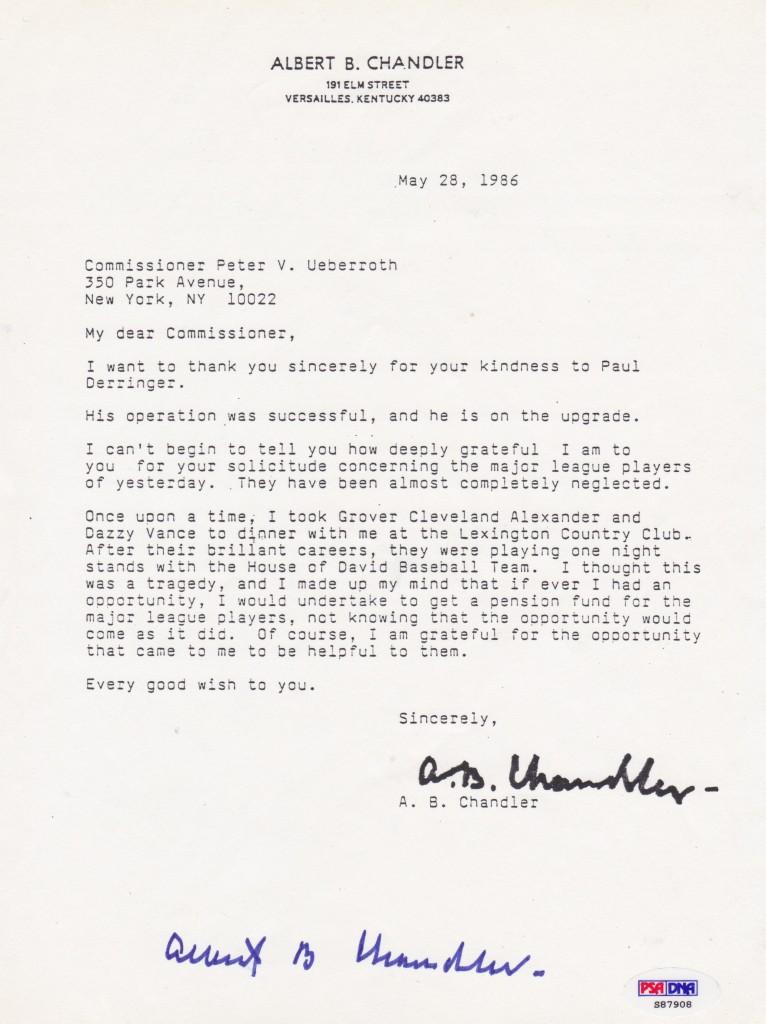
Hall of Fame commissioner Happy Chandler writes a letter mentioning Alexander's money woes
